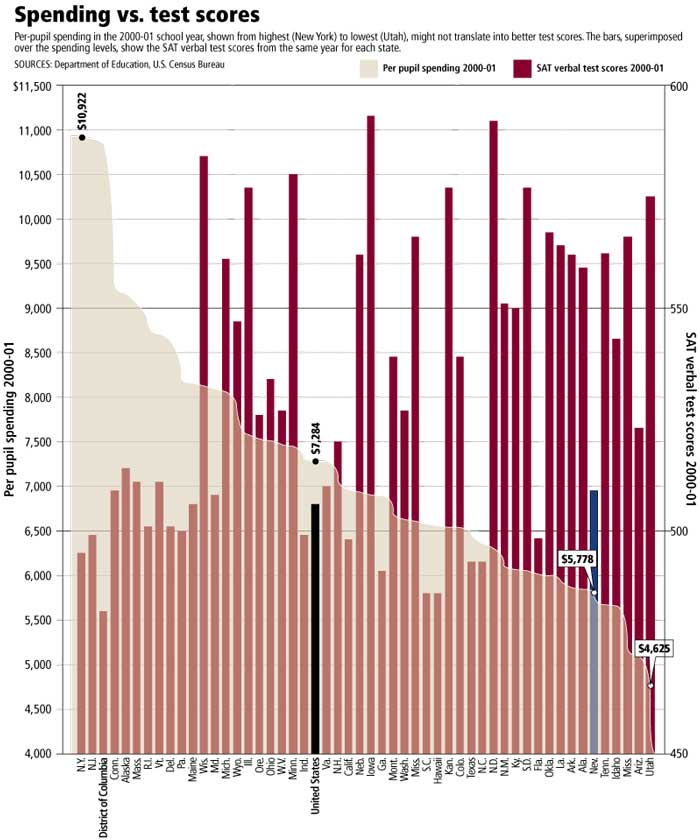Vin Suprynowicz, assistant editorial page editor of the Las Vegas Review-Journal, recently posted about the problems that large school districts are prone to have.
Read more from the original article here:
http://www.backwoodshome.com/columns/suprynowicz030316.html
 "While espousing the virtues of small schools with a community atmosphere, our public school system has monstrously
large school districts, mainly in poor urban areas, which are home to
the worst problems in education."
"While espousing the virtues of small schools with a community atmosphere, our public school system has monstrously
large school districts, mainly in poor urban areas, which are home to
the worst problems in education."
And of course, caught up as they are in the supposed "efficiencies of scale," the largest districts tend to house
the largest schools -- Los Angeles Unified, alone, accounting for five
of America's 15 largest campuses.
...
The Los Angeles district actually managed to lose track of $228 million last year -- a mere 5 percent of its budget.
"The (district) does not know how many employees it has working in what position at any given time, or how much they get paid," reported L&L Fuller Inc. in an official 1999 audit.
...
A number of researchers over the past 10
years have found that large districts are increasingly "off task," in
the language of education. A 1989 study from the magazine Education and
Urban Society found, "As specialization in staff grows, program
offerings expand, and administrative personnel increase, problems of
coordination and control also increase. And in large systems, time and
energy are more likely to be shifted away from core service activities."
So why is there so much resistance to dividing large school districts?
School teachers' and administrators' unions "don't control the size of school districts directly, but they do resist efforts to break up large ones. ... Why? Because it's a lot easier for union officials to organize, administer and oversee one local union of eight thousands teachers than to have 80 local unions with 100 teachers each."
Larger districts are handier for administrators, too, Mr. Brimelow points out. "The larger the district, the larger the bureaucracy and the higher the career ladder. The American government school system suffers from penalties of scale. Through the principle of bureaucratic bloat known as Parkinson's Law, the larger a school district gets, the more resources tend to get diverted to secondary or even nonessential activities."


